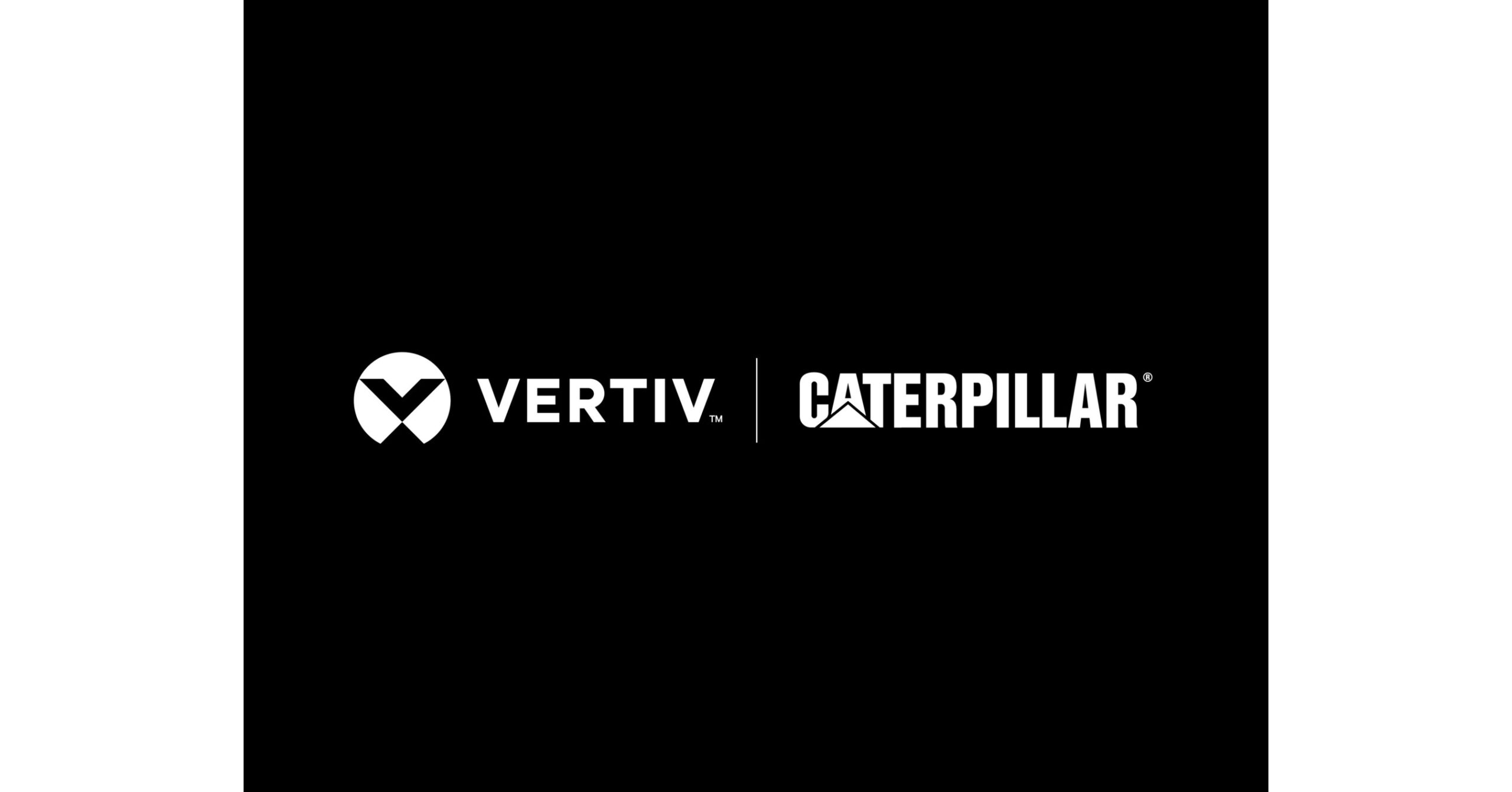Strengthens Intellectual Property Portfolio and Provides Protection for Therapeutic Combination in Acclaim-3 Clinical Trial
AUSTIN, Texas, Nov. 18, 2025 /PRNewswire/ — Genprex, Inc. (“Genprex” or the “Company”) (NASDAQ: GNPX), a clinical-stage gene therapy company focused on developing life-changing therapies for patients with cancer and diabetes, today announced that the United States Patent and Trademark Office (USPTO) has granted Genprex a patent that covers the use of the Company’s lead drug candidate, Reqorsa® Gene Therapy, in combination with PD-L1 antibodies, such as Tecentriq®, through 2037.
“We continue to build protection around our lead drug candidate, REQORSA, and this new patent provides the necessary technology protection applicable to our Acclaim-3 clinical trial in small cell lung cancer,” said Thomas Gallagher, Senior Vice President of Intellectual Property and Licensing at Genprex. “In the Acclaim-3 clinical trial, we are combining REQORSA with Tecentriq, a PD-L1 antibody, and this patent secures exclusivity for this drug combination for the treatment of cancer, preventing would-be competitors from making, using or selling this drug combination.”
Genprex has been granted patents for the use of REQORSA in combination with PD-L1 antibodies in the U.S. and Korea. Genprex is pursuing additional patent applications in Europe, Canada, Brazil, China and Israel. Should these applications grant, they would also be applicable to Genprex’s Acclaim-3 clinical trial.
PD-L1 antibodies are a type of targeted immunotherapy that block the activity of PD-L1 immune checkpoint proteins present on the surface of cells.
About Acclaim-3
Acclaim-3 is a Phase 1/2 clinical trial evaluating the combination of REQORSA and Genentech’s Tecentriq® (atezolizumab) as maintenance therapy in patients with extensive stage small cell lung cancer (ES-SCLC) who are candidates for maintenance therapy after receiving Tecentriq and chemotherapy as standard of care initial treatment. In this study, patients will be treated with REQORSA and Tecentriq until disease progression or unacceptable toxicity is experienced.
The Phase 2 expansion study follows the successful completion of the Phase 1 dose escalation portion of the study, which showed REQORSA was generally well tolerated. There were no dose limiting toxicities, and in Acclaim-3, the Phase 2 patients are receiving the same dose of REQORSA as patients in the Phase 2 portion of Acclaim-1.
The Phase 2 expansion portion is expected to enroll approximately 50 patients. The primary endpoint of the Phase 2 portion is to determine the 18-week progression-free survival rate from the time of the start of maintenance therapy with REQORSA and Tecentriq in patients with ES-SCLC. Patients will also be followed for survival. Genprex’s team plans to conduct an interim analysis after the 25th patient enrolled and treated reaches 18 weeks of follow up. The Company expects to complete enrollment of the first 25 patients for interim analysis in the Phase 2 expansion portion of the study in the first half of 2026. The Acclaim-3 clinical trial is supported by U.S. Food and Drug Administration (FDA) Fast Track Designation and Orphan Drug Designation.
About Genprex, Inc.
Genprex, Inc. is a clinical-stage gene therapy company focused on developing life-changing therapies for patients with cancer and diabetes. Genprex’s technologies are designed to administer disease-fighting genes to provide new therapies for large patient populations with cancer and diabetes who currently have limited treatment options. Genprex works with world-class institutions and collaborators to develop drug candidates to further its pipeline of gene therapies in order to provide novel treatment approaches. Genprex’s oncology program utilizes its systemic, non-viral Oncoprex® Delivery System which encapsulates the gene-expressing plasmids using lipid-based nanoparticles in a lipoplex form. The resultant product is administered intravenously, where it is taken up by tumor cells that then express tumor suppressor proteins that were deficient in the tumor. The Company’s lead product candidate, Reqorsa® Gene Therapy (quaratusugene ozeplasmid), is being evaluated in two clinical trials as a treatment for NSCLC and SCLC. Each of Genprex’s lung cancer clinical programs has received a Fast Track Designation from the FDA for the treatment of that patient population, and Genprex’s SCLC program has received an FDA Orphan Drug Designation. Genprex’s diabetes gene therapy approach is comprised of a novel infusion process that uses an AAV vector to deliver Pdx1 and MafA genes directly to the pancreas. In models of Type 1 diabetes, GPX-002 transforms alpha cells in the pancreas into functional beta-like cells, which can produce insulin but may be distinct enough from beta cells to evade the body’s immune system. In a similar approach for Type 2 diabetes, where autoimmunity is not at play, GPX-002 is believed to rejuvenate and replenish exhausted beta cells.
Interested investors and shareholders are encouraged to sign up for press releases and industry updates by visiting the Company Website, registering for Email Alerts and by following Genprex on Twitter, Facebook and LinkedIn.
Cautionary Language Concerning Forward-Looking Statements
Statements contained in this press release regarding matters that are not historical facts are “forward-looking statements” within the meaning of the Private Securities Litigation Reform Act of 1995. These forward-looking statements are made on the basis of the current beliefs, expectations and assumptions of management, are not guarantees of performance and are subject to significant risks and uncertainty. These forward-looking statements should, therefore, be considered in light of various important factors, including those set forth in Genprex’s reports that it files from time to time with the Securities and Exchange Commission and which you should review, including those statements under “Item 1A – Risk Factors” in Genprex’s Annual Report on Form 10-K for the year ended December 31, 2024.
Because forward-looking statements are subject to risks and uncertainties, actual results may differ materially from those expressed or implied by such forward-looking statements. Such statements include, but are not limited to, statements regarding: Genprex’s ability to advance the clinical development, manufacturing and commercialization of its product candidates in accordance with projected timelines and specifications; the timing and success of Genprex’s clinical trials, its intended regulatory submissions and any resulting regulatory approvals; the effect of Genprex’s product candidates, alone and in combination with other therapies, on cancer and diabetes; Genprex’s future growth and financial status, including Genprex’s ability to maintain compliance with the continued listing requirements of The Nasdaq Capital Market and to continue as a going concern and to obtain capital to meet its long-term liquidity needs on acceptable terms, or at all; Genprex’s commercial and strategic partnerships, including those with its third party vendors, suppliers and manufacturers and their ability to successfully perform and scale up the manufacture of its product candidates; Genprex’s intellectual property and licenses, including the potential for future grants of patent applications globally; and Genprex’s current expectations, estimates, forecasts and projections about the industry and markets in which it operates.
These forward-looking statements should not be relied upon as predictions of future events and Genprex cannot assure you that the events or circumstances discussed or reflected in these statements will be achieved or will occur. If such forward-looking statements prove to be inaccurate, the inaccuracy may be material. You should not regard these statements as a representation or warranty by Genprex or any other person that Genprex will achieve its objectives and plans in any specified timeframe, or at all. You are cautioned not to place undue reliance on these forward-looking statements, which speak only as of the date of this press release. Genprex disclaims any obligation to publicly update or release any revisions to these forward-looking statements, whether as a result of new information, future events or otherwise, after the date of this press release or to reflect the occurrence of unanticipated events, except as required by law.
Genprex, Inc.
(877) 774-GNPX (4679)
GNPX Investor Relations
[email protected]
GNPX Media Contact
Kalyn Dabbs
[email protected]
SOURCE Genprex, Inc.








